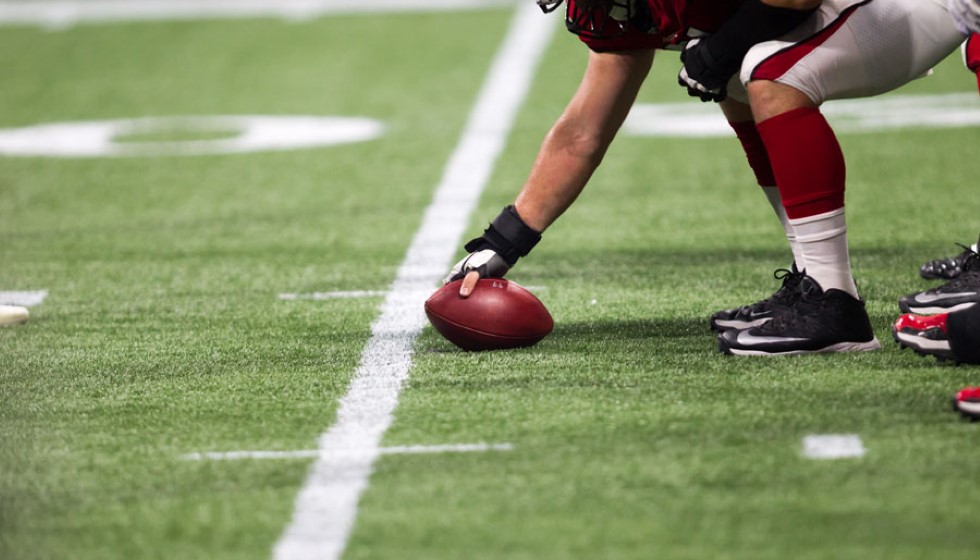
Two hours before the crowd at AT&T Stadium was set to witness the Dallas Cowboys face off against the Houston Texans, an unexpected event occurred that could have marred the day. A piece of metal, described as debris, fell onto the field while the stadium's retractable roof was being opened. Luckily, there were no injuries reported, and Cowboys' management swiftly reassured all parties concerned by releasing a decisive statement about the incident.
"A piece of metal came loose and fell on the field (with some additional small debris) while the roof was in the process of opening. There were no injuries. It is being reviewed further, and a decision regarding the ability to re-open the roof safely will be made when possible," the statement read. With safety being paramount, the incident spurred an internal review to determine future actions regarding the roof operations.
A Rare Event in a Landmark Venue
This occurrence was notable since it marked the first time the stadium's roof had been opened since Week 8 of the 2022 season, during a game against the Chicago Bears. The AT&T Stadium, an icon in sports architecture known for its versatility and modern design, has long been a subject of admiration and debate. The stadium reflects the aspirations of owner Jerry Jones, who aimed to blur the lines between indoor and outdoor environments.
"My biggest thought when we were building it was, 'Don't have it look like it's not outdoors. Make it look like it's outdoors,'" Jones reflects on his vision. His desire to create a space that feels expansive and embraces natural light was further emphasized by his remarks, "That stadium was built to feel like it's outdoors when you're indoors, and it was built to have sunlight coming in."
Innovative Design with Real-World Challenges
However, the innovative design that allows sunlight to flood the stadium can sometimes play tricks on players on the field. During the recent game, this was illustrated when CeeDee Lamb, the Cowboys' wide receiver, missed a potential touchdown pass due to the sun's interference—a testament to both the design's allure and its inconveniences.
Despite these challenges, the stadium embodies a broader trend in modern stadium architecture, which is increasingly focused on enhancing the fan experience. Nevertheless, the Cowboys' management is aware of the delicate balance they must maintain. They need to align Jones's lofty design goals with the pragmatic needs of team performance and fan satisfaction.
The Cowboys' Season Struggles
This season, the Cowboys have encountered distinct challenges on and off the field. Currently holding a 3-6 record, the team is under pressure to translate its significant infrastructure investments into performance results. The team's management knows the importance of addressing operational issues swiftly to maintain the faith of their dedicated fan base.
The broader question remains about how incidents like these will affect perceptions of the Cowboys' stadium and, more crucially, the team's performance trajectory. As the internal review into the roof incident unfolds, fans and stakeholders alike will be watching intently, hoping for reassurance that both safety standards and the quest for an awe-inspiring spectator experience can coexist.
As the Cowboys' administration navigates these concurrent priorities, the ultimate goal remains clear: to ensure that AT&T Stadium continues to serve not only as a monument to cutting-edge design but also as a fortress for a team aspiring to reclaim its winning ways.